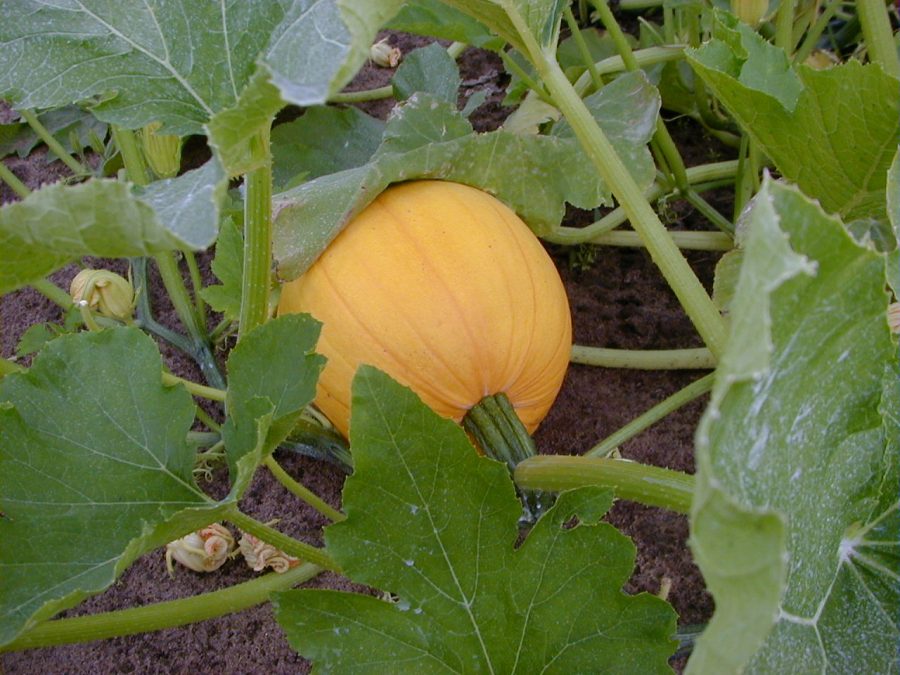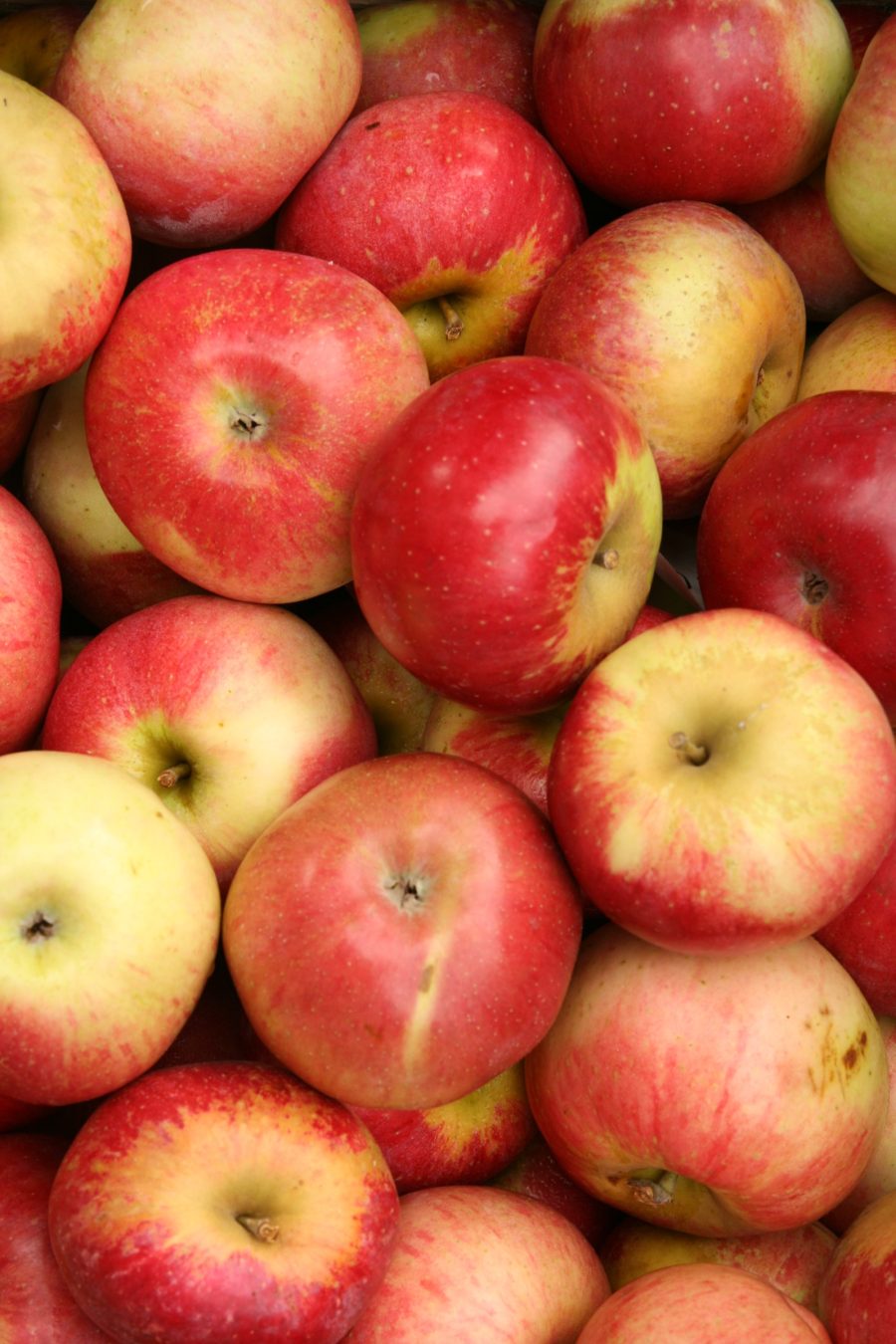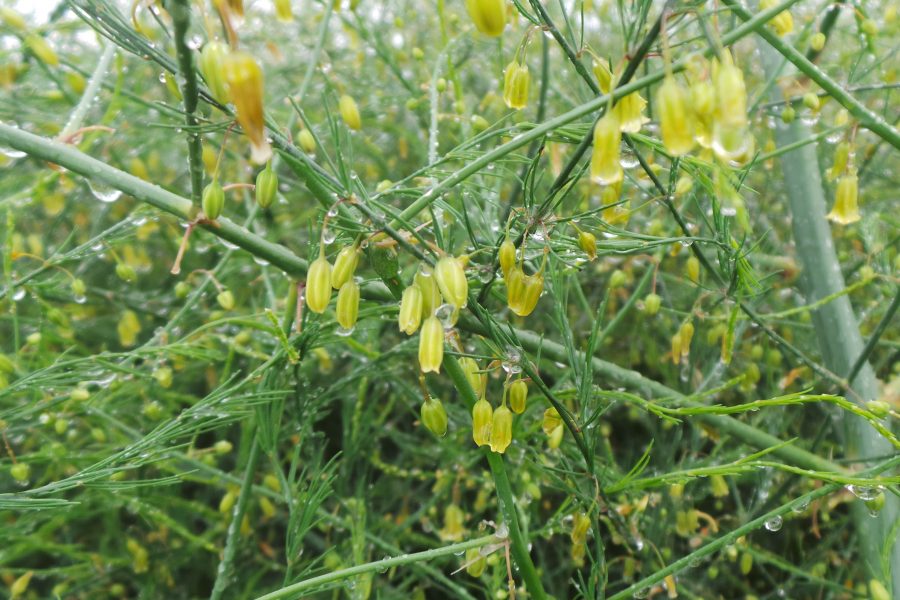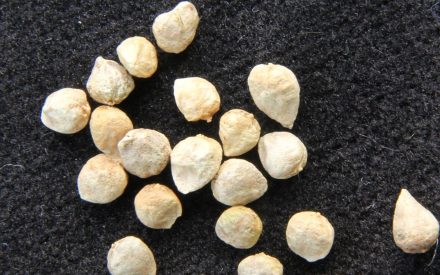Continuing Education Hours: Claim 2 hours if you listen to the recording and watch the video, read the articles, and complete the activity.
This Plants Plus focuses on phenology and degree days.
You’ll learn to:
- Define phenology
- Calculate degree days
- Use degree days to predict pest activity
- Identify how phenology and degree days are used in Integrated Pest Management
LISTEN and WATCH: Phenology and Degree Days
Listen to learn about phenology and degree days:
- Phenology and Degree Days Podcast
- Adapted from a talk given by Extension Dane County Horticulture Educator Lisa Johnson, presented with her permission. Narrated by Amy Freidig, Outreach Specialist, Master Gardener Program.
- Read the transcript.
Watch to see how to calculate degree days
- Audio recording is ~9 minutes long. Video is ~2 minutes long.
READ
Read these two articles:
- Phenology, Wisconsin Horticulture, Division of Extension
- Degree Day Calculation, Wisconsin Horticulture, Division of Extension
PRACTICE
Complete the following three activities:
Practice 1: Grab a pencil, paper, and calculator to calculate accumulated total degree days for the three days listed. You’ll calculate the number using the math formulas and enter your answer in the form linked below.
| Day | Minimum temperature | Maximum temperature |
| 1 | 41ºF | 60ºF |
| 2 | 35ºF | 62ºF |
| 3 | 48ºF | 62ºF |
Here is how to do it: Calculating Degree Days
Step 1: Calculate Average Daily Temperature = (Minimum Temp + Maximum Temp)/2
Step 2: Calculate Degree Days for that day: Daily DD50 = Average Daily Temp – Base Temp
- Use 50 as the Base Temperature
- If you get a negative number for the Daily DD50, just use zero (0), not a negative number
Step 3: Add up all the Daily DD50 to get the accumulated total Degree Days.
Enter your answer for Practice 1 here.
Want to check your work? Check out the correct answer and work here.
Practice 2: Use the table to answer the following question in the form linked below: 102 Degree Days have accumulated. What would you predict is likely to happen soon?
| Accumulated Degree Days (DD50) | What’s happening? |
| 150 – 240 DD50 | Common asparagus beetle laying eggs |
| 900-1000 DD50 | Squash vine borer laying eggs |
| 100-200 DD50 | Gypsy moth eggs hatching |
| 900-1200 DD50 | Japanese beetle adults emerge |
| 1150 DD50 | Codling moth 2nd generation moths emerge |
Enter your answer for Practice 2 here.
Check out the correct answer here.
Practice 3: Answer the following question: How can phenology and degree days help you practice Integrated Pest Management the garden? It’s ok to use a specific example.
Extra Resources
- Degree Days for Common Landscape Insect Pests, UW-Madison Division of Extension
- Degree Days for Common Fruit & Vegetable Insect Pests, UW-Madison Division of Extension
Report your continuing education hours in the Online Reporting System.

 Vine Crops
Vine Crops Gardening and Climate Change: Growing Fruit Trees in a Changing Environment
Gardening and Climate Change: Growing Fruit Trees in a Changing Environment Perennial Vegetable Crops
Perennial Vegetable Crops Succeed with Seed!
Succeed with Seed!


